Introduction: Captivating the Reader
Plumeria, also known as Frangipani, is a captivating tropical plant that enchants gardeners and plant enthusiasts worldwide with its vibrant blooms and enchanting fragrance. This alluring plant brings a piece of paradise into every garden it graces. Whether you're a seasoned gardener or a novice, understanding how to care for plumeria can transform your space into an oasis of beauty and tranquility. The tranquility of a blooming plumeria not only calms the mind but also improves the aesthetics of your environment, boosting your mood and the ambiance of your home. At Plantology, we recognize the powerful impact a healthy plumeria can have and are here to guide you through comprehensive care strategies to maximize its beauty and benefits.Understanding Plumeria

Origin and Varieties
Cultivated for centuries, plumeria is native to the tropical regions of Central America, the Caribbean, and parts of South America. The plant thrives in warm climates, making it a staple in gardens where sun and heat are abundant. Among the most popular species, you’ll find Plumeria rubra, known for its rainbow spectrum of colors, and Plumeria obtusa, recognized for its milky white flowers and glossy leaves. Each variety offers a unique appeal, tailored to adapt to diverse garden aesthetics.Plumeria Rubra
The Plumeria rubra stands out due to its striking pink, red, and yellow hues. These are the classic "Hawaiian Lei" flowers that carry cultural and aesthetic significance, often used in leis or aromatic floral displays that symbolize warmth and welcome.Plumeria Obtusa
Characterized by its classic white flowers with yellow centers, Plumeria obtusa, or the "Singapore" flower, offers a more formal aesthetic to gardens. Its thick evergreen leaves add lush greenery year-round, providing a beautiful contrast to its delicate blooms.Environmental Needs
Properly planting and caring for your plumeria requires understanding its environmental requirements. This tropical gem loves sunshine, warmth, and well-drained soil — factors that play a crucial role in its flowering potential and overall health.
Sunlight Requirements
Sunshine is the lifeline for plumerias. They need a minimum of six hours of direct sunlight daily to bloom to their full potential. In regions with intense sun, providing some afternoon shade helps protect the plant from excessive heat.Temperature and Humidity
Being tropical, plumerias thrive in temperatures ranging from 65°F to 80°F (18°C to 27°C). They do not fare well when temperatures drop below 50°F (10°C). If you live in a cooler climate, consider keeping your plumeria in a pot that can be moved indoors when temperatures drop.Soil Requirements
Well-draining soil is crucial, as plumerias are susceptible to root rot if left in waterlogged conditions. A gritty or sandy soil mix is ideal. Consider adding perlite or coarse sand to improve drainage in denser soil types.Essential Care Practices
Watering Techniques
Proper watering is pivotal for both the growth and flowering of your plumeria. Over-watering is a common mistake that can be detrimental to these plants.Basic Watering Guidelines
Water your plumeria deeply but infrequently. Allow the top inch or two of soil to dry out between watering sessions. During the growing season (spring and summer), you may water more frequently, while in the dormant phase (fall and winter), reduce watering considerably.
Signs of Over-watering and Under-watering
Recognize the signs of over-watering such as yellowing leaves and root rot, which can lead to plant death if not addressed. Meanwhile, under-watering symptoms include drooping and shriveling leaves, signaling the need for more frequent hydration.Fertilization
Feeding your plumeria correctly will enhance its growth and blooming capabilities. Providing balanced nutrients ensures robust and vibrant plants.Choosing the Right Fertilizer
Use a high-phosphorus fertilizer (commonly labeled as "Bloom Enhancer") every 2-3 weeks during the growing season to promote healthy blooms. Fertilizers should be applied at half the label's recommended strength to avoid nutrient burn.Application Techniques
When fertilizing, water the plant thoroughly first to prevent shock. Apply the fertilizer evenly around the base of the plant, avoiding contact with leaves and the stem to prevent burns.Pruning for Optimal Growth

Best Practices for Pruning
Prune your plumeria in late winter or early spring when it’s dormant. Remove any dead or weak branches to encourage robust growth in the coming season. Ensure your pruning tools are clean to prevent disease transmission.Troubleshooting Common Plumeria Problems
Like all plants, plumerias can suffer from various afflictions that, if not promptly addressed, can impact their health and beauty.Pest Control
Plumerias are relatively pest-resistant but can occasionally fall victim to pests like spider mites, aphids, and mealybugs.Identifying and Managing Pests
Inspect the leaves regularly for signs of webs (spider mites), sticky residue (aphids), or cotton-like masses (mealybugs). Natural insecticidal soap sprays can control minor infestations, while more severe cases may require systemic insecticides.Disease Management

Symptoms and Solutions
Identify fungal diseases by looking for yellow spots or blackened tips on the leaves. To minimize these issues, ensure proper spacing for air circulation, and avoid wetting the leaves when watering. Fungicides may be used in persistent cases.Seasonal Care Routines
Winter Care
Plumerias enter a dormant state during the winter months, necessitating specific care adjustments to ensure they thrive come spring.Protecting Plumerias from Cold
If your plumeria is potted, move it indoors to a sunlit window where it can stay warm. In-ground plants should be covered with frost cloth or brought inside if feasible, depending on the severity of your local climate.Spring Revival
Spring is the perfect time to rejuvenate your plumeria, encouraging lush growth and vibrant blooms.Spring Care Tips
Begin by pruning and cleaning up any winter damage. Gradually increase watering and start fertilizing as new growth appears. Repot any container-grown plumeria if needed, checking that the roots have not outgrown the pot.Complementary Plants at Plantology

Pairing Plumeria with Agave
Consider pairing your plumeria with striking varieties of agave such as the Blue Agave or the Desmettiana Variegata for a contrast that is both striking and low maintenance.Incorporating Palms
For a truly serene landscape, add palms like the Adonidia Palm to your setup. These palms provide an elegant backdrop to your flowering plumerias, completing a well-rounded tropical aesthetic.Conclusion: Embrace the Richness of Plumeria
Caring for plumeria is a rewarding endeavor that brings beauty, fragrance, and a touch of the exotic to your garden. Following these detailed care guidelines ensures your plumeria remains vibrant and healthy, offering a retreat of splendor and serenity. As you venture into the world of plumeria cultivation, remember that Plantology is here to support your gardening journey with top-quality plants and expert advice. With our wide selection of plants and tools, you can transform your vision of a lush garden oasis into a reality.Deepening Your Connection with Plumeria
Understanding the profound appeal of plumeria goes beyond mere aesthetics. Delve into the cultural significance, the nuances of fragrance, and the unique benefits of incorporating this botanical treasure into your lifestyle and environment.
Cultural and Symbolic Significance
Plumerias have been revered in many cultures around the world. In Hawaii, they are commonly used to make leis, symbolizing hospitality, beauty, and peace. These leis are not merely decorative; they represent warmth and a welcoming spirit, embodying the Aloha spirit that is central to Hawaiian culture. In other parts of the world, plumerias signify different virtues. For instance, in Hindu culture, plumerias are associated with devotion and immortality, often used in weddings and religious ceremonies.Plumerias in Art and Mythology
For centuries, artists have been captivated by the elegance of plumerias, with its flowers frequently depicted in paintings and sculptures. In Polynesian mythology, the plumeria is believed to be a “divine” flower, often associated with love and immortality. The enduring beauty and fragrance of plumerias make them a poignant symbol of eternal life and the cyclical nature of existence.The Language of Fragrance
Fragrance is an evocative aspect of plumerias that adds a sensory depth to their appeal. The scent of plumeria flowers is often described as exotic, sweet, and faintly spicy, with a depth that varies across different times of the day and seasons. The aromatic experience provided by plumerias can have positive psychological effects, such as reducing stress and promoting relaxation. Studies have shown that pleasant smells can trigger uplifting emotions and nostalgic memories, improving mental well-being.Creating Fragrant Spaces
Incorporate plumerias into areas where you seek tranquility and introspection, such as meditation gardens or reading nooks. Plumeria flowers can be used in homemade potpourris or fragrant sachets to bring their calming aroma indoors, enhancing your home environment naturally.
The Unique Benefits of Plumeria
Beyond beauty and fragrance, plumerias offer several practical advantages that can enhance your home and garden. Their adaptability makes them suitable for both in-ground gardens and container planting, providing flexibility in usage and placement.Air Purification
Like many tropical plants, plumerias contribute to air purification. They absorb toxins and release oxygen, thus improving indoor air quality. By breaking down pollutants and balancing humidity levels, plumerias create a healthier living space for you and your family.Creating Shade and Privacy
Mature plumeria trees can provide significant shade, making them ideal for crafting a private garden retreat. Their dense foliage can be strategically used to create natural barriers, offering privacy and a shaded sanctuary.Expanding Your Plumeria Collection
While a single plumeria plant can transform a garden, expanding your collection can provide an even greater display of colors and fragrances, enhancing the overall allure of your space.Exploring Different Plumeria Hybrids
With hundreds of hybrids available, there's no shortage of colors and forms to experiment with. From dazzling variegated patterns to unusual bloom shapes, plumeria enthusiasts have a wealth of options to explore.Noteworthy Hybrids
- **Plumeria 'Aztec Gold':** Known for its large, golden-yellow blossoms with a subtle red ring near the heart of the flower, this hybrid is a striking addition to any collection. - **Plumeria 'Jeannie Moragne':** This variety boasts large, vibrant red flowers with orange hues, perfect for adding a dramatic flair. - **Plumeria 'Kauka Wilder':** Featuring maroon flowers with a spatial arrangement of petals, this hybrid creates a mesmerizing display in the garden.
Propagating Plumerias
To expand your collection economically and sustainably, consider propagating your existing plumeria plants. Plumerias are easily propagated from cuttings, making it accessible even for novice gardeners.Step-by-Step Propagation
1. **Choose a Healthy Cutting:** Select a branch that is mature but not too old, approximately 12-18 inches long with robust growth. 2. **Prepare the Cutting:** Remove any leaves and let the cutting dry and callous for a week to prevent rot when planted. 3. **Planting:** Insert the calloused end into well-draining potting mix, ensuring stability. Water lightly and position the pot in a bright, warm area. 4. **Care Post-Planting:** As roots develop, gradually introduce regular watering schedules and ensure ample light exposure to foster healthy growth.Creating Companion Planting Schemes
Maximize the aesthetic and ecological benefits of your garden by creating companion planting schemes with plumeria. Companion planting can enhance beauty, deter pests, and improve plant health.Harmonious Pairing Suggestions
To create a versatile and vibrant garden, consider pairings that offer complementary textures, colors, and functions.Color and Texture Combinations
- **Lantana and Plumeria:** Both lantana and plumerias thrive in similar conditions, providing colorful floral displays that complement each other beautifully. Lantana's low-growing habit and continuous blooms provide an attractive ground cover. - **Hibiscus and Plumeria:** With large, showy blooms, hibiscus and plumeria create a stunning, layered effect in any garden. The combination of hibiscus's profuse flowering and plumeria's fragrance creates a sensory paradise.Functional Pairings
- **Basil and Plumeria:** Plant basil near your plumeria to potentially repel aphids and other pests naturally, benefiting both plants. - **Lavender and Plumeria:** Lavender's pest-repelling qualities and fragrant blooms create a serene garden atmosphere when paired with plumeria.

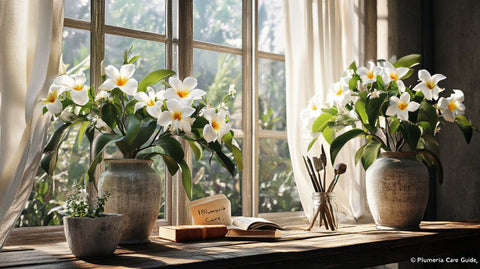

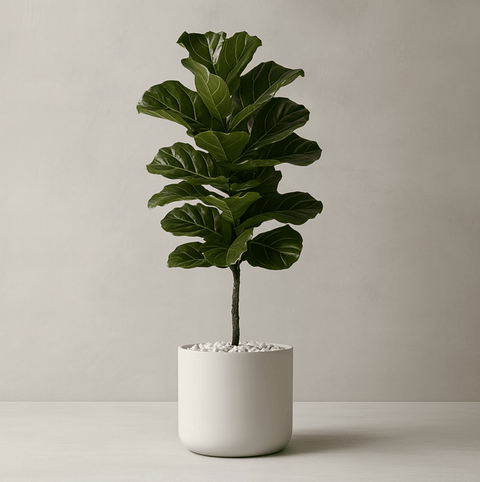
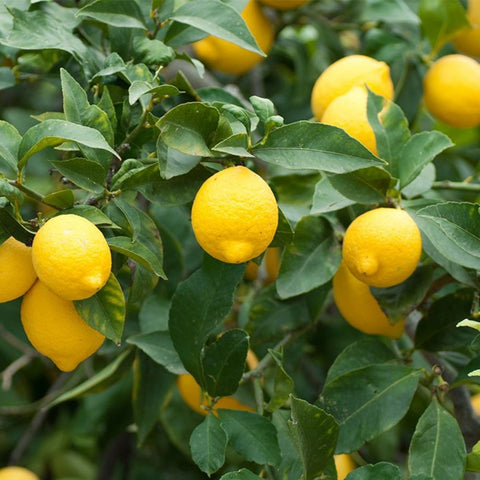
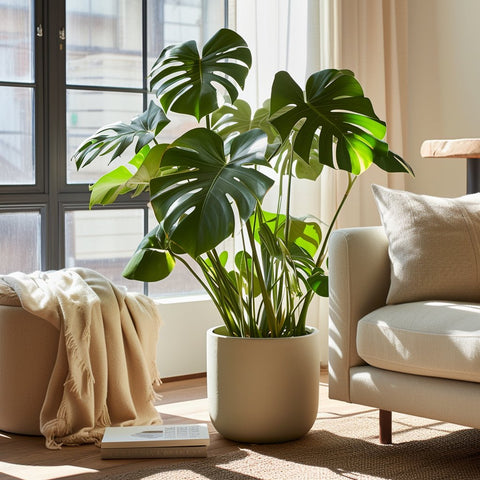
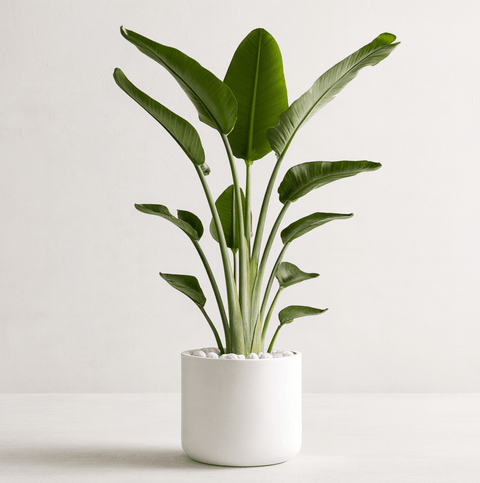
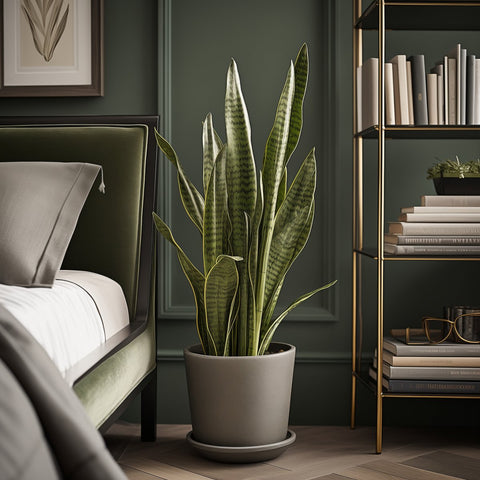
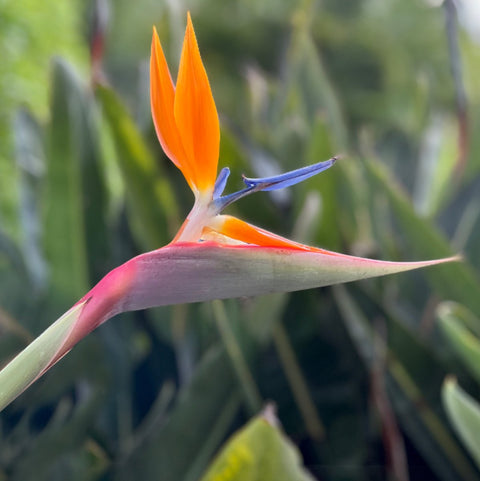
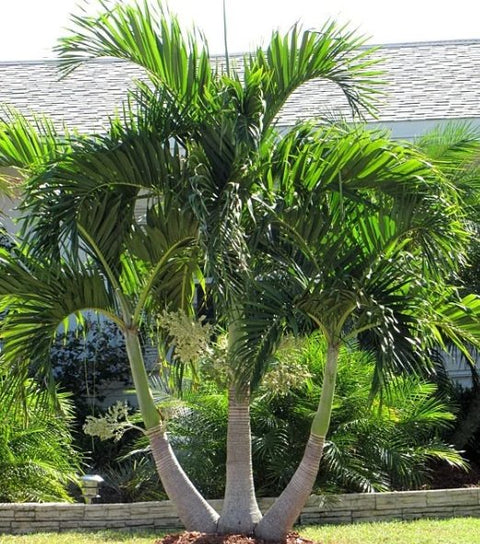
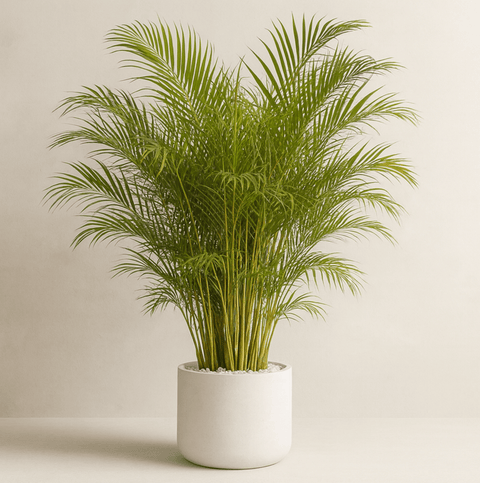
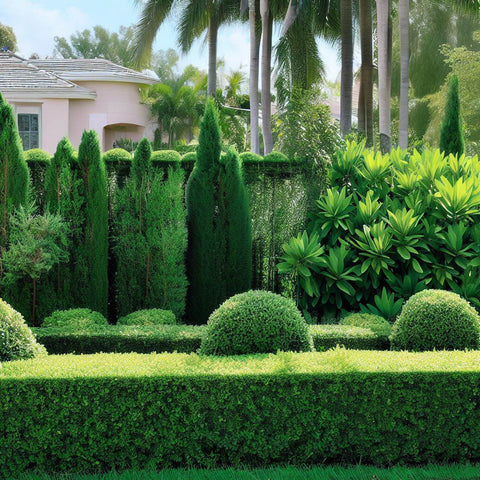

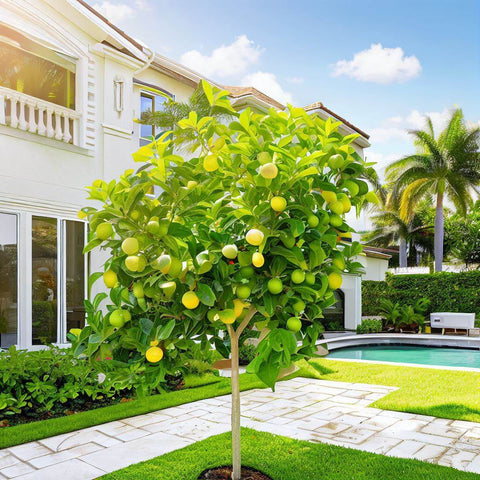


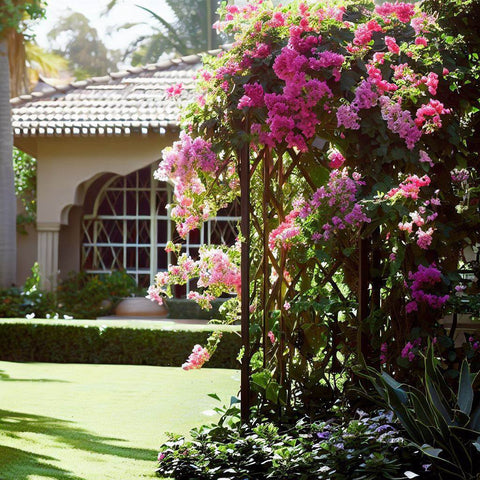
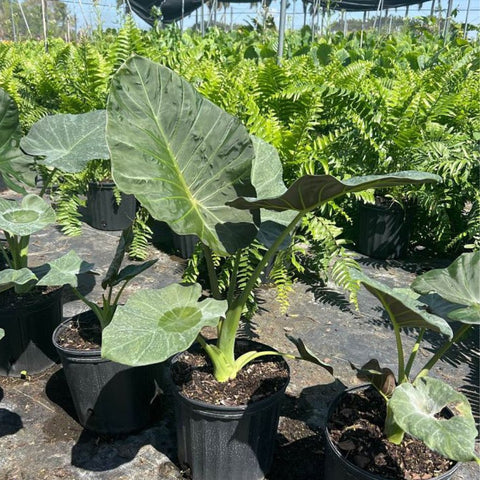
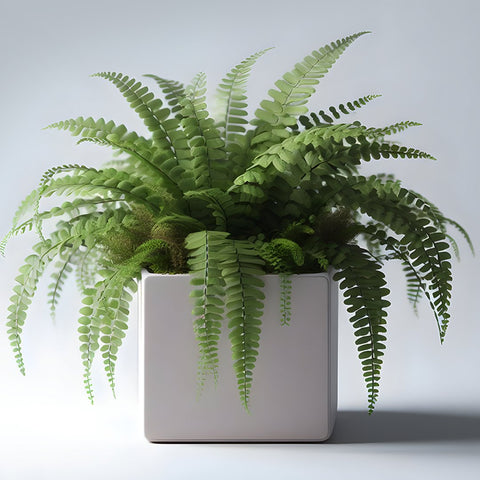
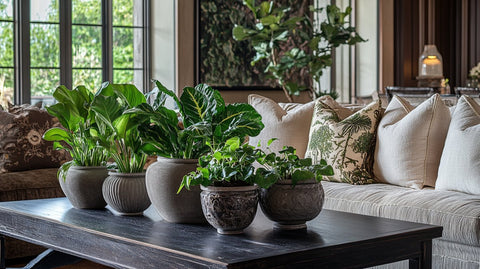
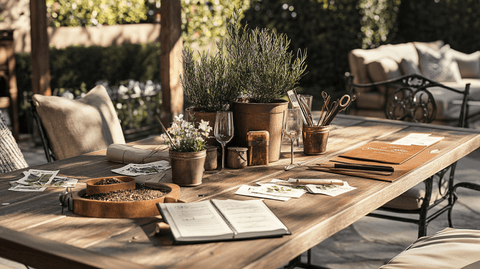

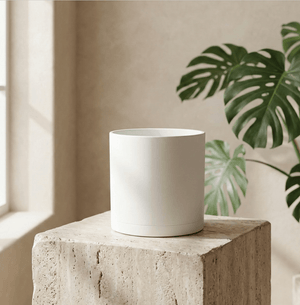
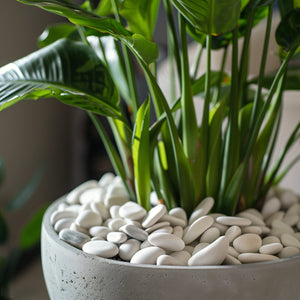

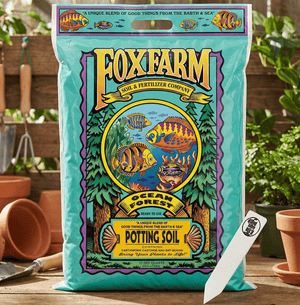
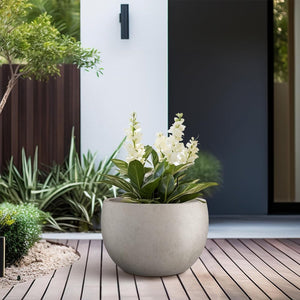



Comments (0)
There are no comments for this article. Be the first one to leave a message!